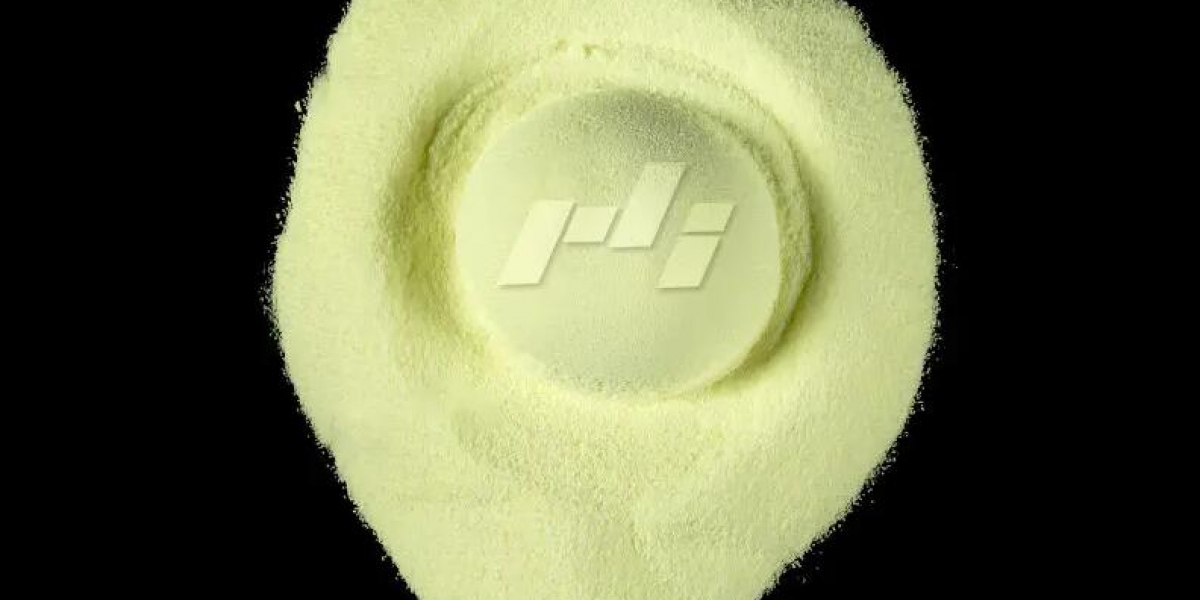As the demand for bright, clean-looking products grows across industries, so does the use of Fluorescent Whitening Agent. However, their environmental impact has become a subject of increasing scrutiny.

One primary concern is the persistence of FWAs in wastewater. During the washing of textiles or the production of paper, these agents can enter municipal water systems. Some types of FWAs are not readily biodegradable and may accumulate in the environment. Researchers have found that certain formulations can be toxic to aquatic organisms at high concentrations.
To address these concerns, chemical manufacturers are developing new generations of FWAs with improved ecological profiles. These newer compounds are designed to break down more easily under sunlight and microbial action, reducing their environmental footprint.
Regulatory frameworks in Europe, North America, and parts of Asia have also tightened. Paper mills and textile factories are increasingly required to treat effluents to remove residual FWAs before discharge. Some manufacturers now favor FWA-free production lines for specific applications, such as food packaging or baby clothing, where additional safety and environmental precautions are necessary.
Despite the environmental challenges, FWAs remain an important tool for enhancing product appearance. The focus has shifted to using them more responsibly—through optimized formulations, better waste management, and eco-friendly innovations.
Balancing performance with sustainability will be critical to the future use of Fluorescent Whitening Agents in various industries.
